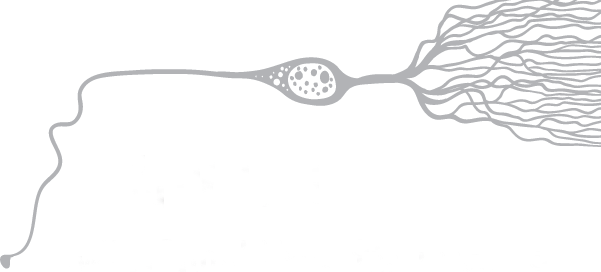In the timescale of humanity learning about how things work, our somewhat organized investigation of the nervous system is relatively new.
There was a ragtag group of guys at Walter Reed Army Institute of Research in the 1950s who did a mix of behavioral and anatomical research, soon followed by the establishment of the neuroscience research program at MIT.1 However, Harvard takes the prize for the first official department of neurobiology, founded in 1966.2 Soon after, a handful of schools established their own research and eventually degree-granting programs. Neuroscience degrees, departments, and programs have been evolving ever since.
Most folks who would consider themselves neuroscience researchers at least have a bachelor’s degree. With a bachelor’s degree, you can find a job as a lab technician or staff scientist in an academic or industry lab. You could also pursue any number of other neuroscience-adjacent careers, such as science writing. However, many people choose to take their education a step further and work towards a master’s or PhD.
For the past century or so, a PhD has been the primary path to the ivory tower. You can get a PhD in almost any field, but each PhD journey is a little bit different. In history, for example, PhD degrees typically take about seven years to complete.3 In some fields, PhDs are paid for, and in other fields they are not. The good news for you is that PhD students in neuroscience, biology, and psychology are almost always paid at least a small stipend.
The PhD has also changed quite a bit over time, especially as it has become more common. In 2018, 4.5 million people in the United States had a doctorate degree, more than twice as many as in 2000.4 Though that may sound like a lot of people, that’s only 1.5 percent of the entire population of the United States.5 If you have a PhD, you’re a pretty rare breed.
The number of people receiving PhDs in neuroscience specifically is rising much more dramatically compared to other STEM fields. In the past ten years, the number of people receiving neuroscience PhDs each year has more than doubled.6
Although the experience of earning a PhD can be quite different across fields, it is always centered on the idea of original research. As a PhD student, you peer into the expanse of the unknown and add just one more chunk of “known.” You’ll home in on one very specific problem and find answers that no one before you has seen. In neuroscience, you could be the first to see a certain type of cell or the first to figure out what genes are linked to a specific behavior. Although we often talk about the older scientists who run the labs or fund these projects, it is often the trainees who actually see the data first.
Still, it’s important to note that getting a PhD is not the only possible next step for the neuroscience-inclined college graduate. You could also go for a master’s degree or some sort of dual degree program, or you could dive right into work.
In this part, we’ll first contemplate whether a PhD is a good route for you. If you decide it is, we’ll talk about the various types of graduate degree programs that are out there and how you can make yourself an attractive applicant for them. Then, we’ll dive into some of the fundamentals about navigating your PhD and writing that grand, all-encompassing document that will be your dissertation.
